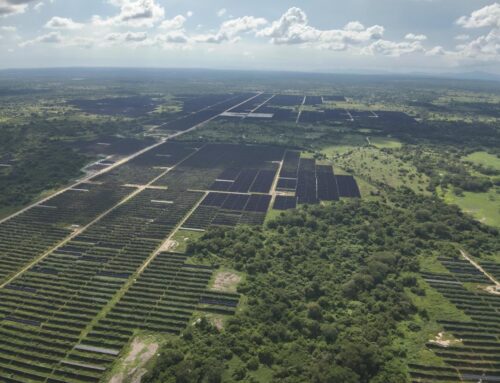Second-Hand Cannabis Smoke A Potential Threat To Kids?
January 26, 2025
The results of a recent study indicates urinary cannabinoid biomarkers in children from homes where they are exposed to cannabis smoke.
With cannabis legalized in many US states for medical/recreational use; there has been a rise in children ingesting cannabis products and then requiring hospitalisation. But it’s not just exposure to cannabinoids that’s an issue.
Cannabis smoke contains many chemicals, some of which are recognised as toxic and carcinogenic; and there are concerns children in homes where cannabis is smoked can be negatively impacted.
Researchers from San Diego State University, University of California and the Centers for Disease Control and Prevention tested for the association of in-home cannabis smoking with urinary cannabinoids of children.
The primary intoxicating cannabinoid in cannabis is delta 9 tetrahydrocannabinol (THC). When consumed, it is metabolized to 11-hydroxy-Δ9-tetrahydrocannabinol (OH-THC), which is in turn metabolized into 11-nor-9-carboxy-Δ9-tetrahydrocannabinol (COOH-THC). These can all be measured in urine and therefore make effective biomarkers for cannabis exposure.
A total of 275 children were included in analysis, which found 75 children (27.3%) had detectable urinary cannabinoids. The odds of detectable THC equivalents in children’s urine were 5 times higher in households with reported in-home cannabis smoking compared with those without.
Among their conclusions, the researchers stated investigation into the impact of in-home smoking patterns and potential increased child second-hand cannabis smoke (SHCS) exposure is essential, and more information is needed on the long-term health risks.
The researchers also acknowledged several limitations of their study, among them – only twenty-nine households (10.6%) reported in-home cannabis smoking in the past 7 days, which is far less than the occurrence detected. But while the study is new, the data on which it is based is quite old. Non–medical cannabis use was illegal in California when data were collected (2012 to 2016), which may have played a role in responses due to social desirability bias.
Smoking indoors may have been more prominent in 2016 give the legal status back then – and may have declined since due to more liberal current regulations
Also, the data was in connection to survey associated with Project Fresh Air, a randomized clinical trial to reduce fine particulate matter level that focused on tobacco. That survey predominantly recruited participants from lower socioeconomic backgrounds and Hispanic ethnicity.
“Population-representative prevalence estimates of cannabis exposure would more authoritatively inform public health officials and researchers on this issue,” state the researchers.
The study has been published in JAMA Network Open.
Search
RECENT PRESS RELEASES
Related Post



